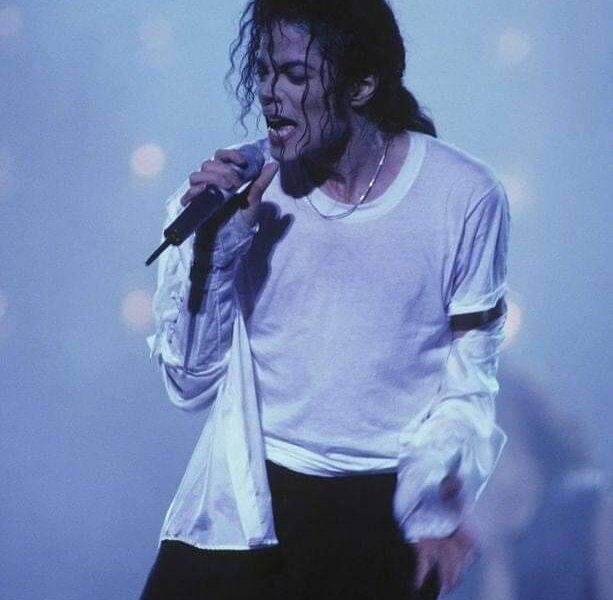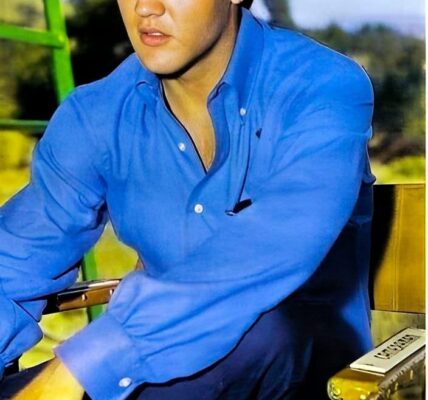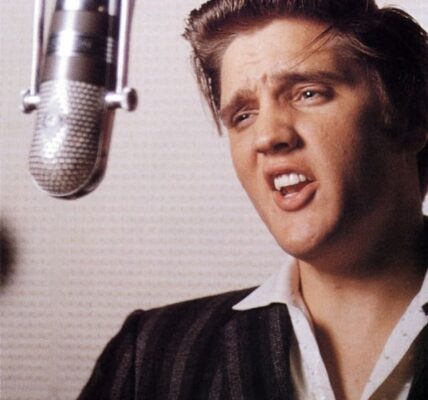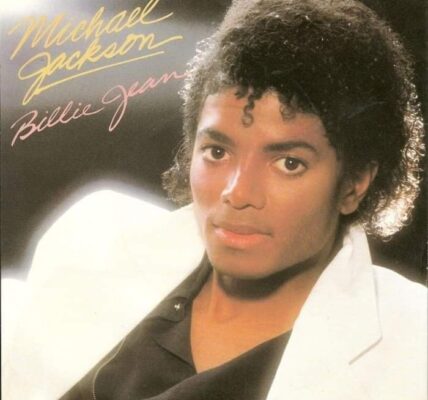Michael Jackson’s Dance Moves: The Ultimate Workout for Burning Calories and Boosting Stamina
Introduction
Michael Jackson, the unparalleled “King of Pop,” captivated millions with his music, but equally iconic were his mesmerizing dance moves. Beyond the on-stage charisma and electrifying performances, there was a world where these movements became much more than entertainment—they became an intrinsic part of his physical conditioning. Jackson’s relentless pursuit of perfection in dance wasn’t just a medium of artistic expression; it was a rigorous workout that maintained his health, boosted his stamina, and kept him in peak physical shape. Through this article, we delve into how Jackson’s dynamic routines went beyond the spectacle, offering an ultimate workout that anyone can learn from.
Dance as a Cardio Workout
In the realm of fitness, dance is often an underestimated powerhouse of cardiovascular activity. Michael Jackson’s dance routines epitomized this fact. Each performance was a choreographed mix of precision, speed, and intensity. From the moment he stepped onto the stage, Jackson immersed himself in high-energy movements that demanded nothing short of total physical exertion. These movements weren’t just a feast for the eyes; they constituted a calorie-burning machine.
Cardiovascular exercise, at its core, involves activities that elevate the heart rate, improve circulation, and enhance lung capacity. Jackson’s performances hit every note in this regard. His intricate footwork, powerful spins, and iconic sequences like the moonwalk or his “Smooth Criminal” lean were more than just dance moves; they were full-body workouts that involved rapid and repetitive movements, forcing his heart rate to soar and his muscles to work in unison.
Consider the fact that professional dancers, much like athletes, can burn between 400 to 600 calories per hour. Now, consider Jackson, whose performances lasted for over an hour and involved non-stop movement, often in heavy costumes and under intense stage lighting. Depending on the intensity, Jackson could easily burn 500 to 800 calories during a performance. The sustained energy required to execute his dance routines put immense strain on his cardiovascular system, akin to high-intensity interval training (HIIT), which is lauded for its fat-burning and endurance-boosting capabilities.
The Power of Rhythm and Motion
Rhythm and motion are at the core of every dance form, but with Jackson, it was more than just keeping to the beat. He made rhythm kinetic. Whether it was the sharp, pulsating beats of “Beat It” or the smooth, hypnotic groove of “Billie Jean,” Jackson’s body was a living instrument that translated every note into movement. The connection between rhythm and fitness is well-established; moving in time to music can enhance physical performance, allowing individuals to work harder without realizing it.
For Michael Jackson, dance was an extension of his musicality, and in his relentless pursuit of perfection, he used rhythm to drive his performance and keep his movements sharp. This principle is also at the heart of fitness. Studies have shown that working out to music can boost stamina, endurance, and mood. For Jackson, the music wasn’t just background noise—it was fuel that powered his every move.
Building Stamina Through Dance
One of the most impressive aspects of Jackson’s performances was his remarkable stamina. Whether he was on stage for 90 minutes or filming a complex music video that required multiple takes, Jackson’s endurance was key to his success. The ability to perform at such a high level without showing signs of fatigue speaks volumes about the conditioning that dance provided.
Stamina, in the realm of fitness, refers to the body’s ability to sustain prolonged periods of physical exertion without experiencing excessive fatigue. In Jackson’s case, his ability to perform intricate routines for extended periods was a testament to his cardiovascular and muscular endurance. Building stamina through dance isn’t just about working on short bursts of energy—it’s about training the body to sustain activity over long periods. Jackson was known for his relentless rehearsals, often practicing for hours each day to perfect his routines. These rehearsals were not just about mastering the choreography but about conditioning his body to endure the physical demands of performing those routines night after night.
Dance, as a form of fitness, combines both aerobic and anaerobic exercises, working the body’s cardiovascular system and strengthening muscles. In Jackson’s case, his rehearsals were akin to endurance training—pushing his body to its limits, allowing him to perform with consistent energy and agility. His dedication to the craft translated into incredible physical fitness, making him not only a legendary performer but also an athlete in his own right.
The Mental Benefits of Dance
While physical fitness is often the most talked-about benefit of dance, Michael Jackson’s connection to his craft also highlights the mental and emotional aspects of dancing. Dance, by nature, requires intense focus, coordination, and discipline—qualities that Jackson embodied throughout his career. Beyond the physical exertion, dancing stimulates the mind, improves cognitive function, and provides an emotional outlet.
For Jackson, dance was a form of expression that allowed him to channel his emotions, relieve stress, and find balance amidst the pressures of fame. The emotional release that dance provides can be therapeutic, allowing individuals to break free from mental constraints, express themselves, and find joy in movement. It’s no wonder that many people turn to dance not just as a workout but as a way to relieve stress and enhance their mental well-being.
Incorporating Dance into Fitness Regimes
Michael Jackson’s approach to dance shows us that movement doesn’t have to be mundane. Dance can be a powerful tool for fitness, one that engages the body and mind in ways that traditional workouts cannot. Incorporating dance into your fitness routine can help you burn calories, build stamina, improve coordination, and boost your mood.
For those looking to incorporate dance into their fitness regimes, the options are limitless. Whether through formal dance classes, online dance tutorials, or simply dancing to your favorite songs at home, you can experience the same benefits that Jackson did. Dance is a full-body workout that engages multiple muscle groups, improves flexibility, and enhances cardiovascular health. Plus, the enjoyment factor is undeniable—dancing doesn’t feel like exercise, which makes it easier to stay motivated and consistent.
For beginners, starting with simple dance moves or following along with dance-based workout videos can be a great way to get moving. As you progress, you can challenge yourself with more complex routines that require greater stamina and coordination. The key is to find joy in movement, just as Jackson did, and to let the rhythm guide you toward better health.
The Legacy of Michael Jackson’s Dance
Michael Jackson’s legacy as a dancer is unparalleled. His moves not only revolutionized the music industry but also demonstrated the profound physical and mental benefits of dance. His ability to perform at such a high level, night after night, was a testament to the power of dance as a form of fitness. While few can replicate Jackson’s exact routines, anyone can draw inspiration from his dedication to the craft and incorporate dance into their own lives.
Jackson’s influence on dance continues to inspire generations, not just in the world of entertainment but also in the realm of fitness. His iconic moves—whether it’s the moonwalk, the spin, or the lean—have become symbols of artistic and physical excellence. For those looking to improve their fitness, Jackson’s approach to dance offers a blueprint for how movement, music, and dedication can come together to create something truly extraordinary.
Conclusion
Michael Jackson’s dance routines were much more than captivating performances—they were a full-body workout that burned calories, built stamina, and strengthened his body. His dedication to dance as both an art form and a fitness regime allowed him to perform at the highest level throughout his career. For anyone looking to enhance their fitness, taking a page from Jackson’s book and incorporating dance into your routine can be a fun, effective, and rewarding way to achieve your health and fitness goals.
In the end, Michael Jackson didn’t just revolutionize music—he showed the world that dance could be a powerful tool for physical and emotional well-being. So, put on your favorite song, let the rhythm move you, and dance your way to better health.




